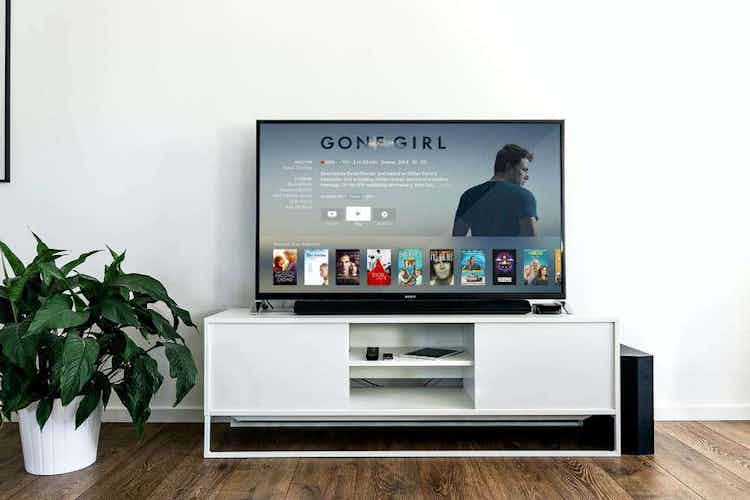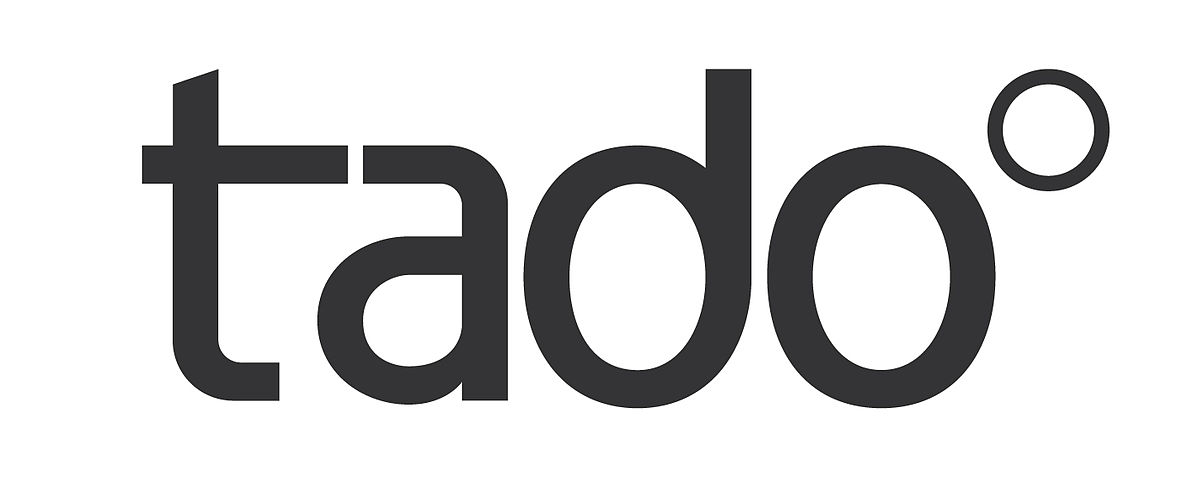Choosing a new TV has always been a balancing act between getting more modern technology, which will avoid obsolescence for longer while trying to get a good deal. As with all technology, newer products can feel extortionately priced, but as they become more widespread, the cost falls dramatically.
Smart TV’s are an excellent example of this.
With streaming services like Netflix becoming ever more popular, there is a demand for smart TV’s as they don’t require extra hardware. All you need is an internet connection!
A Smart TV is a television which connects to the internet and can install a variety of applications from media streaming services to games and weather apps.
It can be overwhelming choosing a Smart TV with the amount available now as nearly all televisions produced currently have smart capabilities.
What Should I Look for When Buying a Smart TV?
There are a few things to consider when looking for a Smart TV, namely:
- Screen size.
- App compatibility.
- A/V Inputs and Outputs.
- Display technology.
Screen Size
There are several factors to consider when it comes to screen size. Firstly, decide where the TV will go and if there are physical limitations such as:
- In an enclosed media cabinet.
- On or under a shelf.
- Wall-mounted in a tight area rather than an open wall.
The distance between your usual viewing position and the TV will also help to determine the screen size. If it is in a large room away from your sofa or chair, you may need a bigger screen. In contrast, if it will be in an area such as a kitchen, then a smaller device may be better to fit out of the way. If you are hard of hearing or have diminished eyesight a larger screen will also help to accommodate larger print on menu screens or reduce the encroachment of subtitles on the picture when you are watching something.
App Compatibility
The next thing to consider is the app’s supported by the brand of TV you are looking at. Like computers or smartphones, Smart TV’s have different operating systems which support a varying range of apps. Netflix, Amazon Prime Video, BBC iPlayer, YouTube and Spotify are the most commonly supported apps. External devices may be required if you would like to use third-party apps such as Apple TV so keep this in mind. It helps when shopping for a Smart TV if you know which media services you will be likely to use, you can then check their compatibility with any TV’s you look at.
A/V Inputs and Outputs
Despite having a full library of apps available, you may want to continue to use external inputs such as a TV set box (for example Sky or Virgin), a DVD player or games console. If so, you will need to make sure your new TV has the necessary connections available for these. Most devices these days require HDMI ports, of which modern smart TV’s usually have at least two and often more. Similarly, if you would like to use external speakers or a full surround sound setup, ensure the speakers you plan to use are compatible with the output from the new TV.
Display Technology
Last but certainly not least, you will want to look at the display technology which best suits you. There are three main types to choose from, each with their own benefits:
- LED (Light Emitting Diodes). These are the cheapest to produce and most widely available (at the time of writing), making them ideal for those on a budget. Despite not offering the same premium quality as OLED and QLED units, each manufacturer has their own way of producing the best possible picture using LED screens. The lower manufacturing cost translates to saving you money at the checkout.
- OLED (Organic Light Emitting Diodes). This technology gives a superior picture to LED units, with the added benefits of using less power and making slimmer TV’s, ideal for wall mounting.
- QLED (Quantum Dot Light Emitting Diodes). This is the latest screen technology, capable of resolutions up to 8K (16x better than HD and 4x better than 4K resolutions) giving you the best possible picture of any unit available. The benefit here is that as it is 8K ready, a QLED TV will not be obsolete until well into the future, keeping up with external hardware being produced down the line. But this technology does come at a premium with QLED TV's also being the most expensive on the market.
How to Shop Around for a Smart TV
Once you know what you are looking for in your new TV, then it is time to find the best deal. The best way to make sure you are getting the best deal is to take your time and look both in shops and online. Though it is tempting to jump online and buy the first thing you see, physically going into a shop has several benefits:
- You can see the size of the unit, not just a picture.
- You can see the image quality.
- You get a chance to try out the controls.
Once you get an idea from the shop, move your search online. It is a good idea to take notes of the models and prices from the shop so you can compare. Once online, not only can you now look for the best deal on a model you have found, you can also see buyer reviews and see honest feedback on the products you are looking to buy.
Conclusion
Buying a Smart TV can seem daunting with the variety presented today. Still, if you have a clear idea of what you are looking for before you start, it can make things a lot easier.








